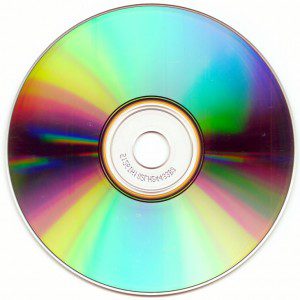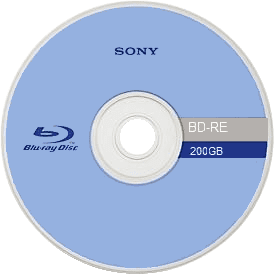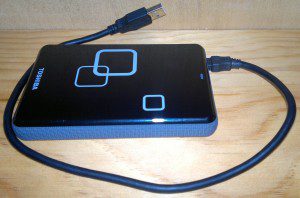In modern personal computers, most offline-storage is also used as secondary storage. The main difference between the two terms is in how these storage devices are used. Whereas secondary storage is fixed into the computer for long term use (e.g. as is usually the case with hard disk drives), offline-storage is used mainly as a transfer medium and accessed as per need only. The key advantage of off-line storage is that if there is a disaster, e.g. a fire, that destroys the computer, the off-line storage will be unaffected if it is held in a remote location. It is also a relatively cheap medium for archiving information that is rarely used. Examples of off-line storage include:
– CD/DVD/DVD-RAM (optical storage systems)
– Blu-ray disks (optical storage systems)
– USB flash memory/memory sticks/SD-XD cards (sold state storage systems)
– Removable/external hard disk drives (magnetic storage systems).
CD/DVD disks are described as optical storage devices. Laser light is used to read data and to write data in the surface of the disk. The data is stored in ‘pits’ and ‘bumps’ on the spiral track. DVD-RAM uses a very different technology – instead of a single spiral track, they use a number of concentric tracks, which allow simultaneous read and write operations to take place.
Blu-ray disks are another example of optical storage media. However, they are fundamentally different from CD/DVDs and DVD-RAM because they use a blue laser instead of a red laser. This means that the ‘pits’ and ‘bumps’ can be much smaller, and as a result, they store up to five times more data than a normal DVD.
USB flash memories, also known as memory sticks and pen drives, use solid-state technology. They usually connect to a computer through the USB port. As they are very small and lightweight, their main advantage is their suitability for transferring files between different computers. They can also be used as small back-up devices for archived files such as music or photos, for example. Digital cameras use a slightly different form of solid-state memory, known as XD (eXtreme Digital) or SD (Secure Digital) cards. The technology is the same as memory sticks. They are made up of NAND chips and, as with all solid-state memories, there are no moving parts.
Removable hard disk drives are essentially HDD but can be connected to the computer using one of the USB ports. In this way, they can be used as a back-up device or as another medium for transferring files between computers.







